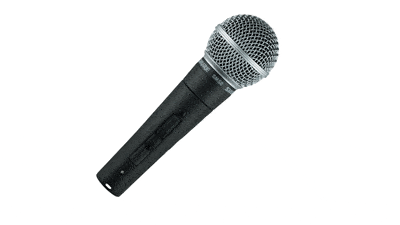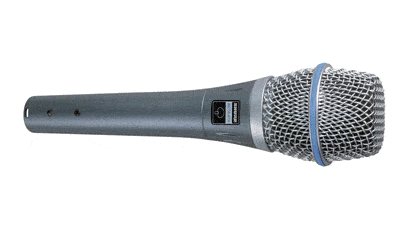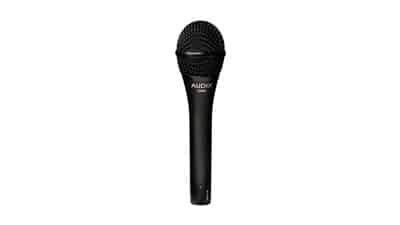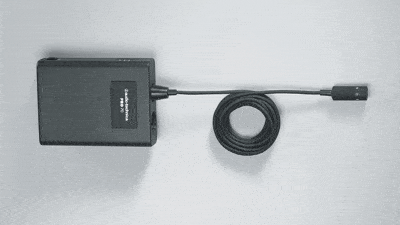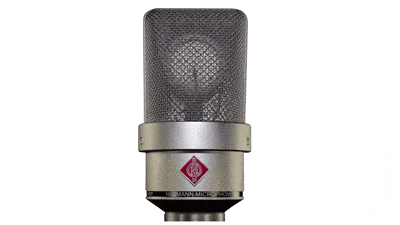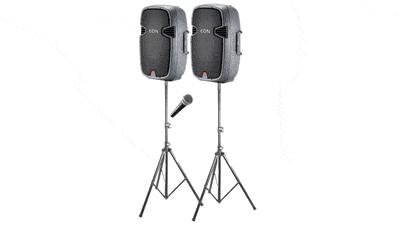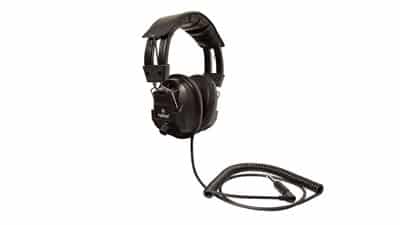- Sound
- Audio Mixer
- Audio Recorders
- Audio Snakes
- DJ Gear
- Headphone
- ENG Mixers
- Generators
- Intercom System Rental
- Musical Equipment
- PA System Rental For Events
- Pipes & Drapes Rental
- Podium
- Polycom Rental
- Presentation Equipment
- Press Box Rental
- Push To Talk Conference Mics Rental
- Sound Systems
- Speakers
- Speakers-Line Array
- Stage Rental
- Tour Guide System
- Truss Rental
- Walkie Talkie
- Microphones
- Projectors
- Cameras
- Video
- Lights
- LEDs
- Computers
- Services
Rent Wired Mics
Wired Mic Rental
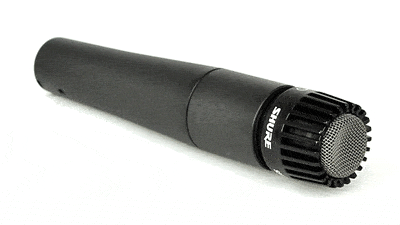
Handheld Mic
Application: Vocals, Music
Type: Dynamic
Connection Type: XLR 3pin
Shure SM 57

Podium Microphone
Application: Podium Mic
Type: Dynamic
Connection Type: XLR 3pin
Apex 145
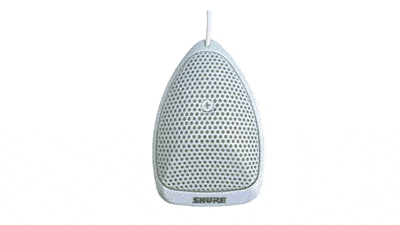
Stage Microphone
Application: Live stage dramas
Type: Dynamic
Connection Type: XLR 3pin
Shure MX 391/C
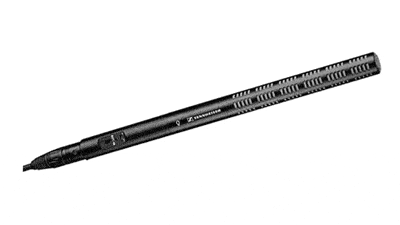
Camera Mic
Applications: Video Production
Type: Condenser (1/AA battery)
Connection: XLR 3pin (M)
Model: Audio Technica MEK66E
Type: Condenser (1/AA battery)
Connection: XLR 3pin (M)
Model: Audio Technica MEK66E

Push To Talk
Application: Conferences
Type: Condenser
Connection Type: XLR 3pin
Shure MX 412/s

Drum Mic Kit
Application: Musical
Type: Condenser
Connection Type: XLR 3pin
Samson SADK 7
Type: Condenser
Connection Type: XLR 3pin
Samson SADK 7

Countryman Mic
Application: Stage Shows
Type: Condenser
Connection Type: Mini XLR 3pin
Countryman E6
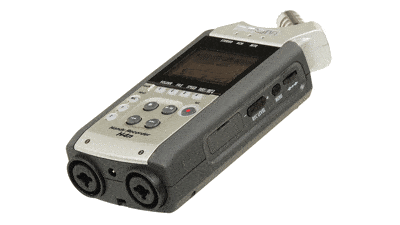
Mic Plus Recorder
Application: Interviews
Type: Condenser
Connection Type: XLR, 1/4pin
Zoom 4N
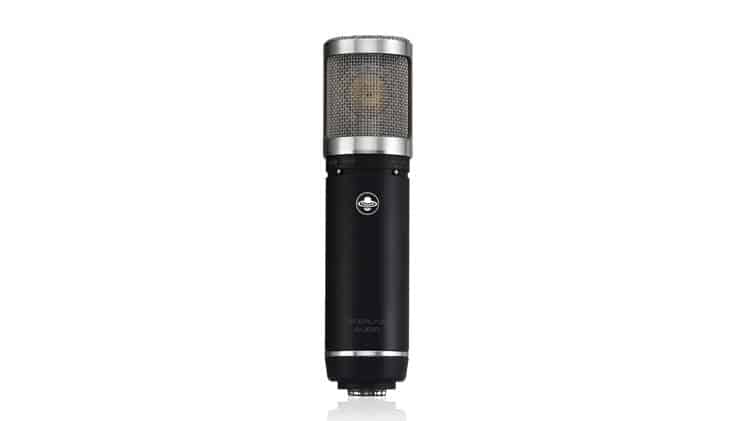
Sterling Audio ST59
Application: Radio Studio
Type: Condenser-Cardioid/Omni
Connection Type: XLR 3pin
Type: Condenser-Cardioid/Omni
Connection Type: XLR 3pin

Kick Drum
Application: Musical Events
Type: Dynamic-SuperCardioid
Connection Type: XLR 3pin
Type: Dynamic-SuperCardioid
Connection Type: XLR 3pin
Microphone Accessories
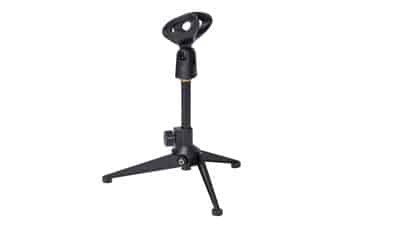
Tabletop Stand
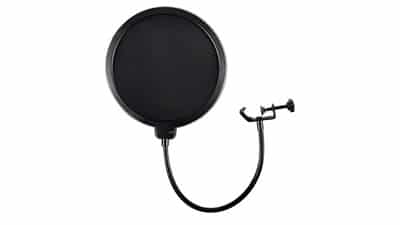
Wind Screen
Our ProcessIn 3 Simple Steps
Get Estimate
Pay Online
Get Equipment
Guide to Recording Vocals and Choosing the Perfect Microphone
Being a vocalist is a highly enjoyable job, but it doesn’t come without its challenges. The pressure of capturing and recording vocals as perfectly as possible can be a lot, which is why choosing the right microphone is very important.
Sound engineers have the task of trying to identify the perfect microphone, signal path, and level for recording and headphone balance in order to achieve a harmonious blend of all components.
Here are some tips to capture the best vocal recording possible.
Choosing the Right Microphone
Although there are all sorts of different microphones available, they all operate fundamentally in the same basic manner. It’s important to understand this when selecting the right microphone for you.
They all feature a diaphragm that responds to air pressure changes. An electrical signal is then generated from the vibration that is then amplified into a sound.
Here are three main types of microphones out there:
- Dynamic - These are typically focused on the mid-range, and are generally used to amplify drums or guitar cabinets since they are able to handle higher levels of sound pressure.
- Ribbon - These are quite rich in tone, and are softer and more subtle. Since they can’t handle excessive vibration or movement from being moved around, they need to be handled with care.
- Condenser - These pics are more sensitive to changes in sound pressure, and have a greater dynamic range compared to dynamic microphones. As such, they tend to be the mic of choice for capturing vocals. Condenser mics need ‘phantom power’, or a power source, in order to operate. Because these types of mics are very sensitive, they might not be able to be used in the hand because of noises.
Frequency Response
For a vocal mic, the frequency response should be looked at. It’s important to determine whether the sound will be natural, flat, or will even boost specific frequencies. For vocals, it’s usually preferable to have a microphone that emphasizes certain frequencies that suit specific singers.
Sound Pressure Level
How much dynamic range the microphone can tolerate is the range of usable volume without being distorted at a high level or noise at a low level. When it comes to this factor, dynamic mics are usually best.
Noise Level
The amount of noise in the background that’s actually created by the microphone is what’s considered the noise level. In general, capacitor microphones are usually better able to capture subtleties as compared to dynamic microphones.
Sensitivity
This involves measuring the microphone’s efficiency at converting changes in sound pressure to control electrical signals. In essence, this is how loud the mic can be.
Polar Patterns
The Polar Pattern is basically the pickup pattern. When looking at the polar pattern on a circular graph, this represents in which direction a microphone can pick up sound. The following are the three fundamental polar patterns to consider:
- Omni-directional - In this case, the microphone will pick up sound equally from all directions, which is ideal if you want to record all the space around the source.
- Cardioid - This picks up the sound source predominantly from the front, and rejects sound from the sides and back. In this case, the mic only captures the source that it’s pointing at.
- Bi-directional - In this scenario, the sound is picked up equally from the front and back, while rejecting signals from the sides.
Pop Treatment
Having a pop shield is a good idea if the singer happens to be standing too close to the microphone, which would otherwise create unwanted noise from puffs of air like ‘p’ and ‘f’. Pop shields can help prevent these unwanted sounds.
The Proximity Effect
The bass frequency increases as the singer gets closer to the mic, and vice versa. Cardioid microphones tend to increase or decrease frequencies around the 100Hz mark by anywhere between 10 to 15 dB if we move from 25cm to 5cm and back. This is known as the ‘Proximity Effect’.
This is a good thing if the vocalist’s microphone technique is skilled, which can create a richer, more powerful sound. In order to use this effect appropriately, the singer has to maintain a steady distance from the microphone, which is why getting a mic with less of a proximity effect might be more desirable.
The Tube Effect
A ‘tube’ mic makes use of a valve as the pre-amplifier for gain. The tone that this effect creates tends to be more pleasing to listen to. However, the sound can often be colored, and therefore not necessarily ideal for every vocalist. In essence, the ‘tubing effect’ tends to add some sound distortion if it’s overused.
Recording Studio
Many people do not take the recording environment into consideration when looking for the right microphone. You could have the best microphone in the world, and it can still sound terrible in an environment that’s not conducive to a nice sound. Many times we have to improvise in our recording environment in order to make the sound come out pleasing to the ear.
The Bottom Line
Having a solid understanding of the basics of how microphones work, the different types out there, and how you plan on using them can help to make your renting decision much more informative.

